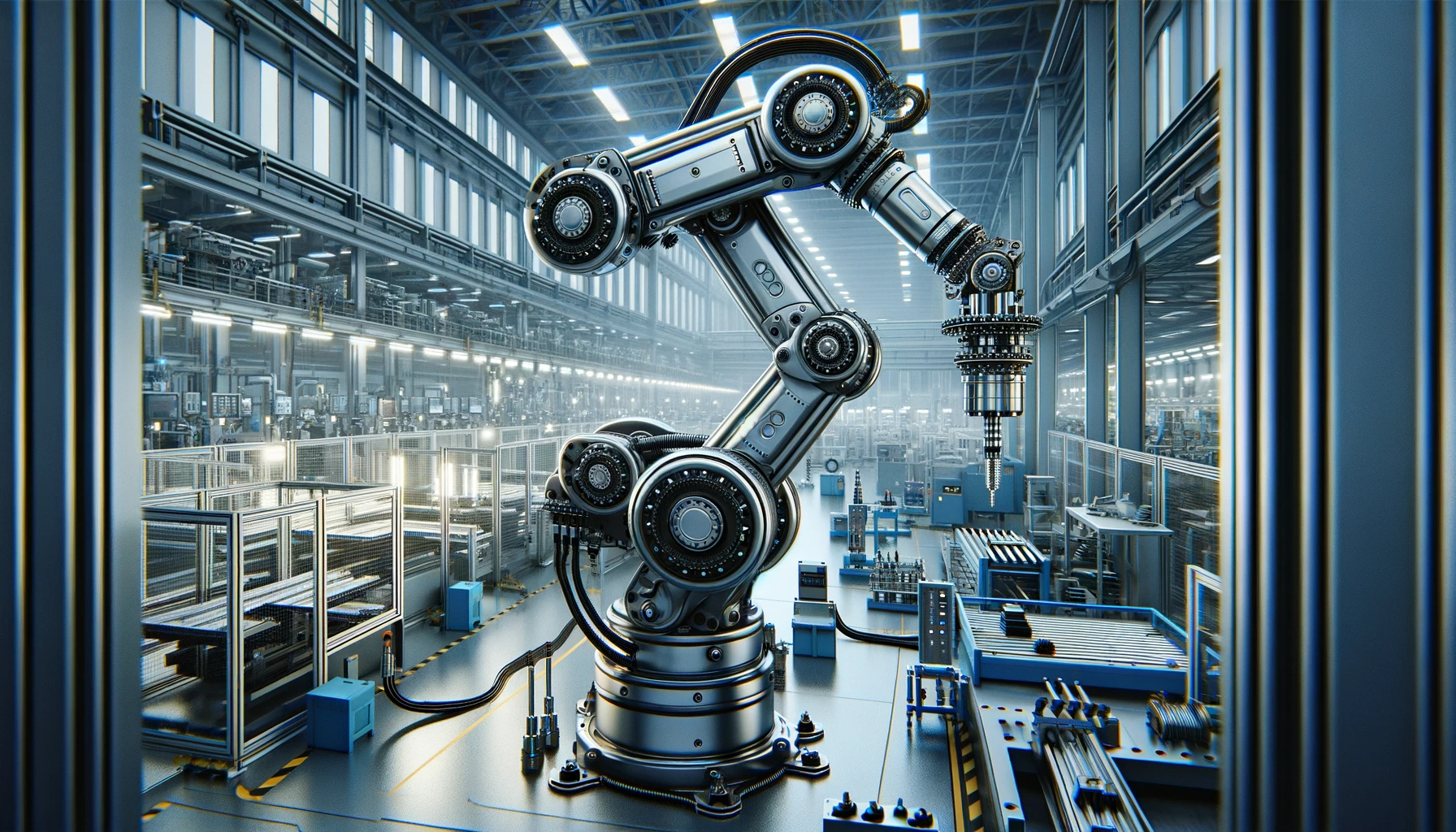Smart Manufacturing: The Role of Compression And Extension Springs in Automated Production Lines
Smart Manufacturing: The Role of Compression And Extension Springs in Automated Production Lines
Introduction
The transformation from manual labor to automation in manufacturing marks a pivotal shift in industrial history. Today's smart manufacturing environments leverage cutting-edge technologies, including robotics, the Internet of Things (IoT), and artificial intelligence (AI), to achieve unprecedented levels of efficiency and precision. Within this high-tech landscape, mechanical components like helical compression springs—though small and seemingly simple—play a vital role. These coil springs are essential for the functionality and reliability of automated machinery, acting as the backbone for movements, providing necessary tension, and absorbing operational shocks. This article aims to highlight the critical importance of compression springs in the era of smart manufacturing, addressing their design challenges, the innovative solutions that have emerged, and the significant role of Acxess Spring's design tools in pioneering these advancements.


Historical Context
Springs have been fundamental to machinery since the dawn of the Industrial Revolution, embodying mechanical ingenuity in their ability to store energy, absorb shock, and exert force. As industrial machinery evolved, so did the design and application of springs, particularly compression springs, which became integral to the functionality of increasingly complex and automated systems. This historical progression mirrors broader industrial trends towards efficiency, reliability, and miniaturization, with springs adapting to meet the demands of more sophisticated manufacturing technologies. Understanding this evolution provides valuable insights into the essential role springs have played—and continue to play—in the advancement of manufacturing processes.
The Role of Compression And Extension Springs in Automation
In the context of modern automated production lines, compression springs are indispensable. They execute crucial tasks such as facilitating precise mechanical movements, maintaining tension between components, and safeguarding delicate machinery parts by absorbing shocks during high-speed operations. From the articulated joints of robotic arms to the smooth operation of conveyor systems, compression and extension springs ensure that automated manufacturing processes run seamlessly. Their versatility and reliability make them a cornerstone of smart manufacturing, where precision and durability are paramount.


Design Challenges
The design of compression springs for automated systems introduces a set of unique challenges. Engineers face the task of miniaturizing springs to fit increasingly compact spaces without compromising their performance. Achieving this requires meticulous engineering to maintain the balance between force output and spring size. Additionally, these springs must endure millions of operational cycles without failure, necessitating the use of durable materials and innovative design techniques. Furthermore, the selection of spring materials that can withstand harsh manufacturing environments—characterized by extreme temperatures, corrosive substances, and high wear conditions—is critical for ensuring the longevity and reliability of compression ans extension springs in smart manufacturing setups.
Innovative Solutions and Case Studies
Addressing the aforementioned design challenges has led to remarkable innovations in the field of compression and extension springs. High-carbon steel (music wire), stainless steel, and exotic alloys like Inconel have been employed to enhance the durability and performance of springs under extreme conditions. Advanced manufacturing techniques, such as CNC Spring Coilers, now allow for the production of springs with complex geometries tailored to specific applications in automated systems.
- Automotive: A leading automotive manufacturer revamped its assembly line by incorporating custom-designed compression springs in its robotic arms. These springs were engineered to deliver precise force, enabling quicker and more accurate assembly of vehicle components. The upgrade significantly improved production efficiency and reduced the margin of error, showcasing the impact of optimized spring design on manufacturing productivity.
- Logistics: A logistics company overhauled its distribution center with a smart conveyor system, integrating specialized compression springs capable of dynamically adjusting to different load weights. This innovation minimized conveyor belt wear and enhanced the system's reliability by ensuring smoother load transitions and better shock absorption, demonstrating the critical role of well-designed compression springs in enhancing operational efficiency and equipment lifespan.
Acxess Spring's Contribution
In the quest for cutting-edge manufacturing solutions, Acxess Spring's technological tools like Spring Creator 5.0 have become invaluable. Their 3D Spring CAD models and blueprints empower engineers to meticulously design and visualize custom compression springs, tailoring them to the precise needs of automated systems. This capability is crucial for achieving the high levels of customization required in modern manufacturing. Furthermore, Acxess Spring's Online Spring Force Tester allows for the virtual testing of springs under simulated operational conditions, streamlining the development process by ensuring designs meet performance expectations before physical prototypes are produced. These tools facilitate a level of precision and efficiency in spring design and testing that is essential for the advancement of smart manufacturing technologies.
The Future of Smart Manufacturing
The continuous evolution of smart manufacturing demands components that can meet the stringent requirements of automated systems. As materials science and manufacturing technologies advance, we can expect to see the development of compression and extension springs that are not only smaller and stronger but also more adaptable to the dynamic needs of the industry. The collaboration between mechanical engineers and spring manufacturers like Acxess Spring is instrumental in pushing these boundaries, ensuring that the mechanical components of automation keep pace with rapid technological advancements.
Conclusion
The integration of compression and extension springs into the fabric of smart manufacturing underscores the critical interplay between mechanical components and advanced technologies in the modern industrial landscape. By tackling the unique design challenges presented by automated systems, manufacturers can unlock higher levels of efficiency, reliability, and flexibility in their operations. With the support of innovative design and testing tools, the future of smart manufacturing is poised for exciting developments, propelled by continuous improvements in both the mechanical and technological realms.





